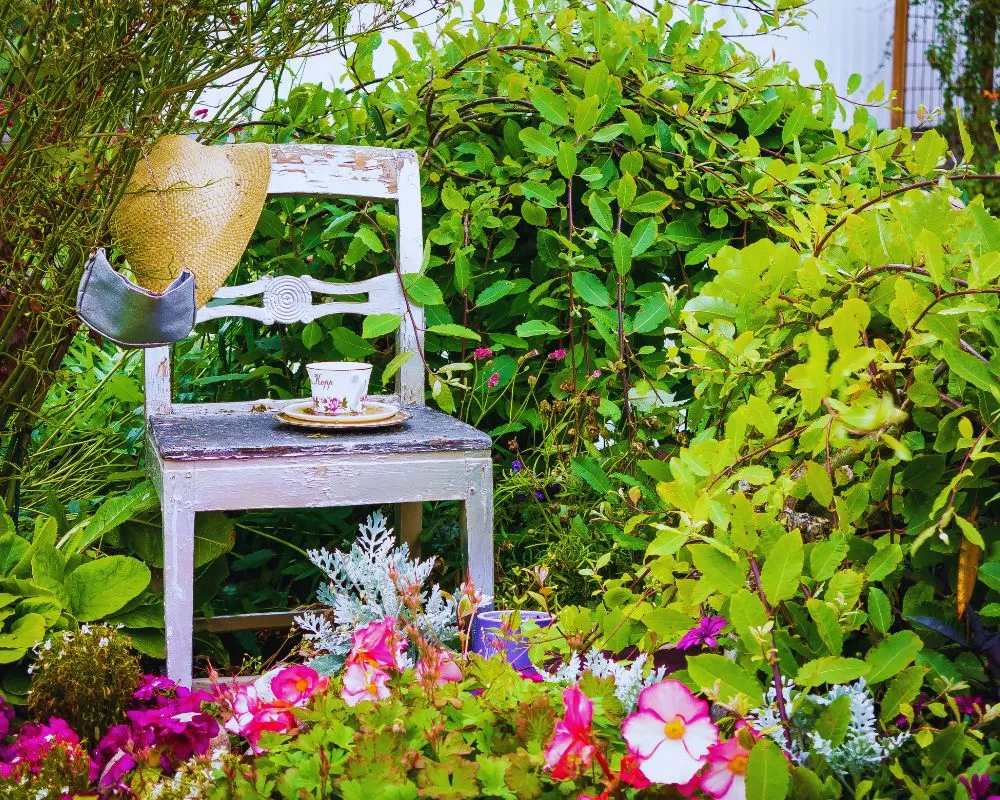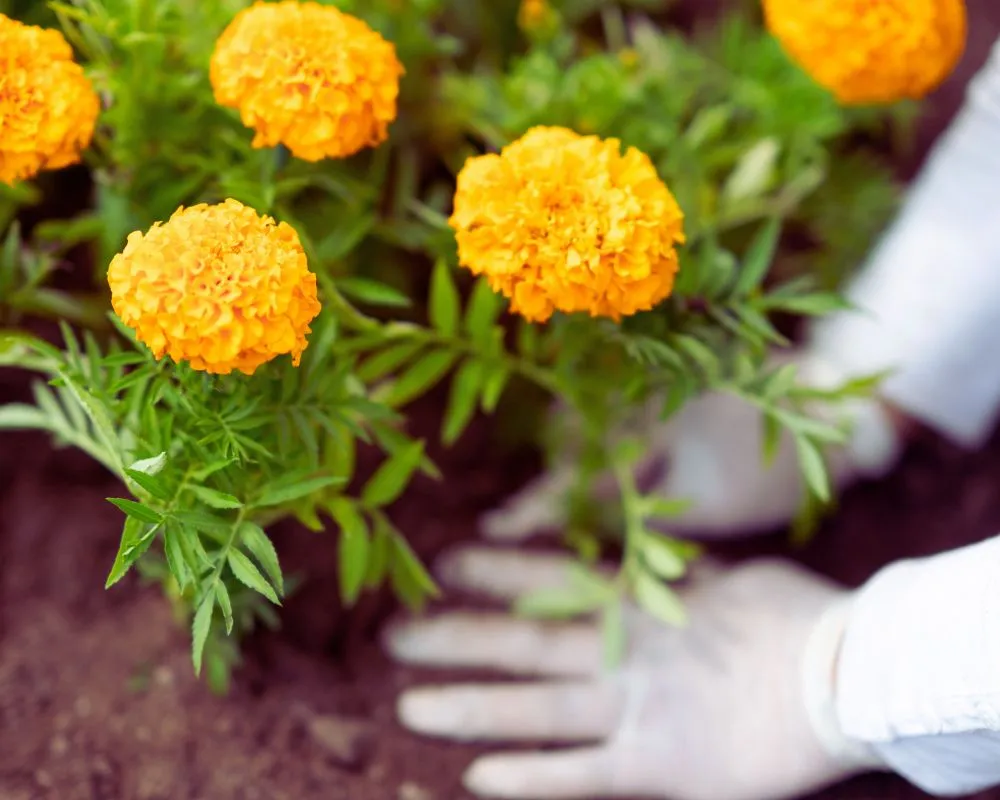
Gardening is an art in which one needs to find a balance between beauty and functionality. One important aspect of a successful garden involves the attraction of beneficial insects. These are insects that carry out much-needed tasks such as pollination, pest control, and generally keeping your garden blooming. Here are seven plants that attract beneficial insects to your garden, with details about the contribution of each plant to a successful garden ecosystem.
1. Bee Balm (Monarda didyma)
Bee Balm is a perennial bearing showy, tubular flowers in red, pink, or purple that are very attractive to bees, butterflies, and hummingbirds. It thus stands for one of the finest species to attract pollinators. Its flowers carry a lot of nectar, while fragrant foliage can repel some common garden pests: aphids and spider mites.
How to Plant: Bee Balm blooms good in full sun to partial shade, with well-drained soil. A hardy plant, when established it will handle some drought, though it appreciates regular watering. Set plants about 18 to 24 inches apart, allowing them to spread out and take into account also that they will be less apt to develop mildew problems, which could occur with exceptionally high humidity.
2. Lavender (Lavandula spp.)
While lavender is truly renowned for its perfumy flowers and calming properties, it is pretty good at attracting useful insects. The purple spikes of flowers invite bees, butterflies, and even predatory beetles.
How to Plant: Lavender requires full sun and well-draining soil, with a slightly alkaline pH preferred. This plant is drought-tolerant, requiring less frequency in watering. Lavender plants require pruning once a year right after flowering to maintain shape and prevent the plant from becoming woody.
3. Yarrow (Achillea millefolium)
Yarrow is a tough perennial with flat-headed clusters of tiny colored flowers, depending on the variety in white, yellow, pink, and red. The flowers are particularly attractive to predatory insects, including ladybirds, lacewings, and hoverflies, which have enormous appetites for aphids and other small pests.
Planting Tips: Yarrow prefers full sun and well-draining conditions. It will survive with both drought and poor soil conditions. Deadheading spent flowers will promote further blooming. Dividing the plant every few years will help avoid crowding.
4. Echinacea (Echinacea purpurea)
Echinacea is a rather showy perennial, having large, daisy like flowers that are very attractive to pollinators. Bees, butterflies, and beetles alike, when in close proximity to Echinacea, notice the prominent central cones and colored petals. In addition to its attraction of useful insects, Echinacea is also noted for medication derived from it through herbal remedies.
How to Plant: Echinacea prefers open sunshine to partial shade and well-drained soil. It is a generally low-maintenance plant and will require very little in the way of watering once established. To extend the blooming period, deadhead the spent flowers, and trim back the plants in late winter or early spring. Echinacea adds a decorative touch and a magnet for many beneficial insects to the garden.
5. Dill (Anethum graveolens)
Not only is dill an excellent culinary herb, but it is also a very potent attractant plant to encourage beneficial insects into the garden. Dill has small yellow flowers in delicate, umbrella-like clusters that are highly attractive to both lacewings and hoverflies, both of which have a fond appetite for aphids, whiteflies, and other pests. The flowers of dill also attract bees and butterflies, adding further value to this plant in improving biodiversity within the garden.
Planting Tips: Dill prefers full sun and well-drained soil. It is possibly sown directly into the garden, as it has a long taproot that does not transplant well. Allow spacing of about 12 inches between each dill plant to allow for full growth. Dill also attracts other beneficial insects to help you get a blooming garden ecosystem, hence making it versatile for any vegetable or herb garden.

6. Marigold (Tagetes spp.)
Marigolds have long been renowned for their bright flowers, as they often possess the ability to repel a range of common garden pests. They are equally good attractants for helpful insects: the brilliant flowers provide a source of attraction to bees, butterflies, and predatory insects like ladybirds; the latter will often help destroy aphid populations.
Planting Tips: Marigolds prefer full sun with well-draining soil. They have a relatively moderate difficulty while growing from seed. They may be started indoors or directly into the garden after the last frost. Sow the marigold about 6 to 12 inches apart, depending on the variety. Regular deadheading extends flowering and encourages more blooms. Marigolds are perfect for planting in beds, borders, and containers.
7. Cosmos (Cosmos bipinnatus)
Cosmos are annuals that can fill in quickly with colorful blooms, attracting all sorts of valuable insects. Their airy, open blooms, similar to daisies, are especially a favorite of bees, butterflies, and even hoverflies. Cosmos has the reputation of being extremely easy to grow and will tolerate different types of soil, for which it is widely used. They add much value to vegetables and fruits around them because they attract such a large number of pollinators to the area.
Planting Tips: Cosmos is a plant that prefers full sun and well-drained soil but is quite tolerant of poor soil. It is usually grown directly from seeds, which are usually sown into the garden once the danger of frost has passed. Space cosmos plants about 12 to 18 inches apart to allow them to take their full growth. Deadheading regularly will encourage continuous blooming throughout the growing season.
Having these seven in your garden goes a long way toward ecological balance, as it attracts various beneficial insects. Each one of them has a different contribution to make toward the success of a pollinator, an active pest controller, and general garden well-being. The plants are strikingly beautiful, from Bee Balm to Cosmos. They add beauty to your garden, but on the other hand, their presence contributes to a better ecosystem. You can build a better-adaptable, fruitful garden by choosing plants that attract useful insects into it, thus ensuring its success and sustainability for years to come.
Tags:

